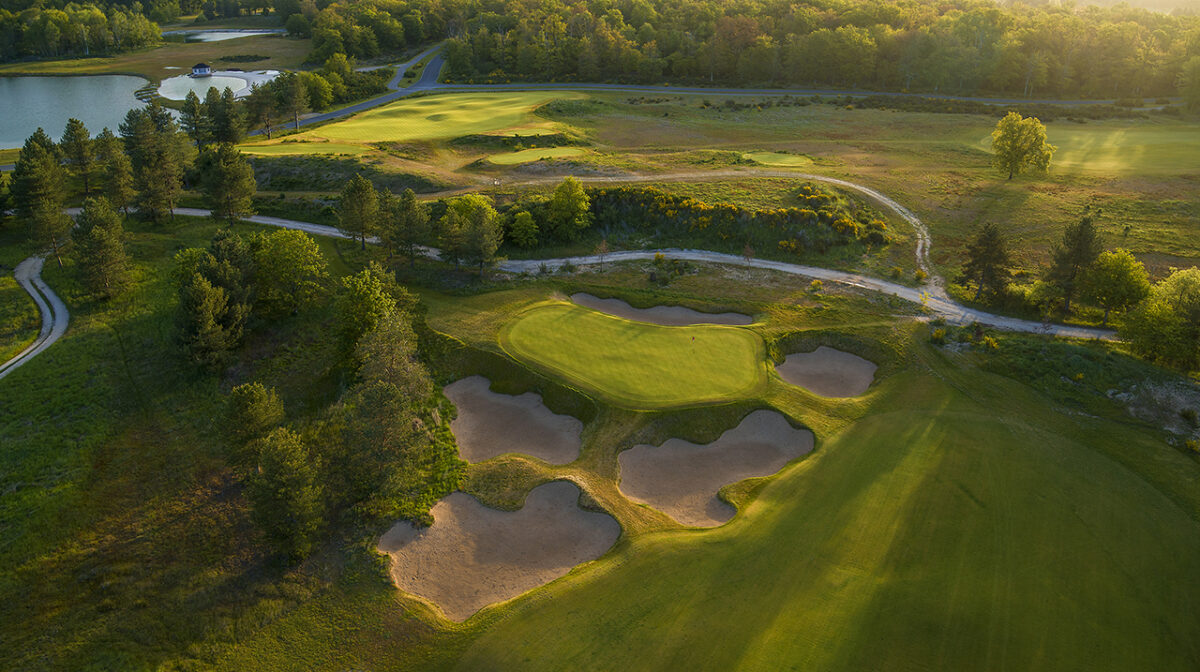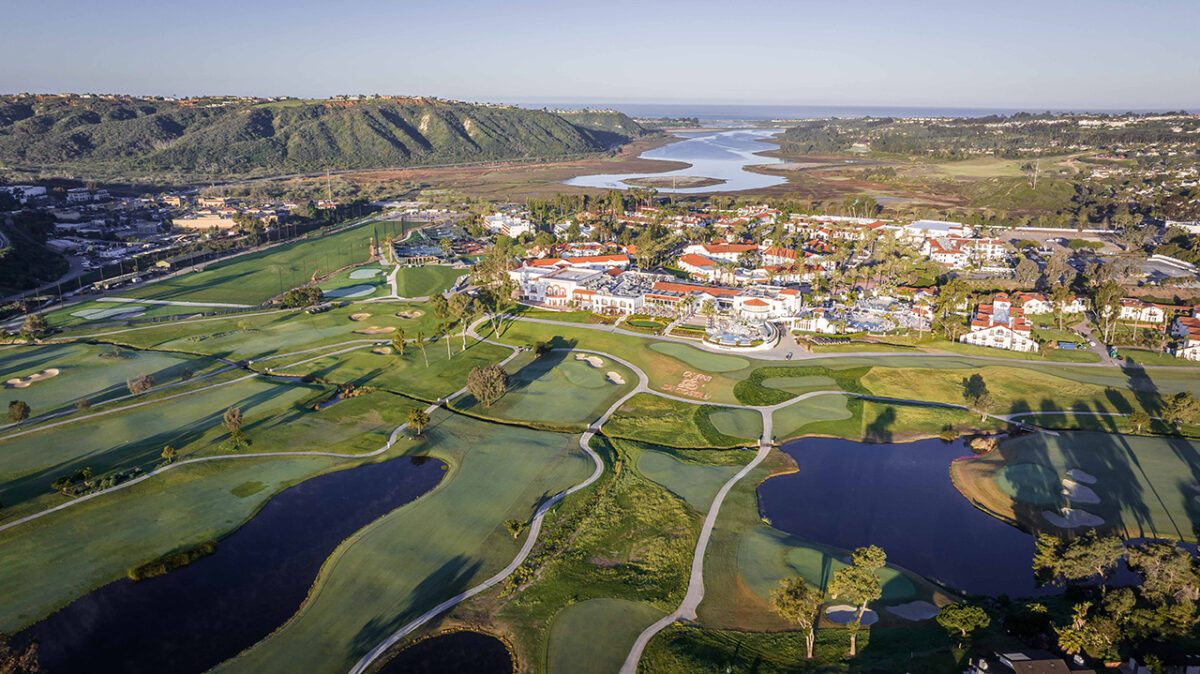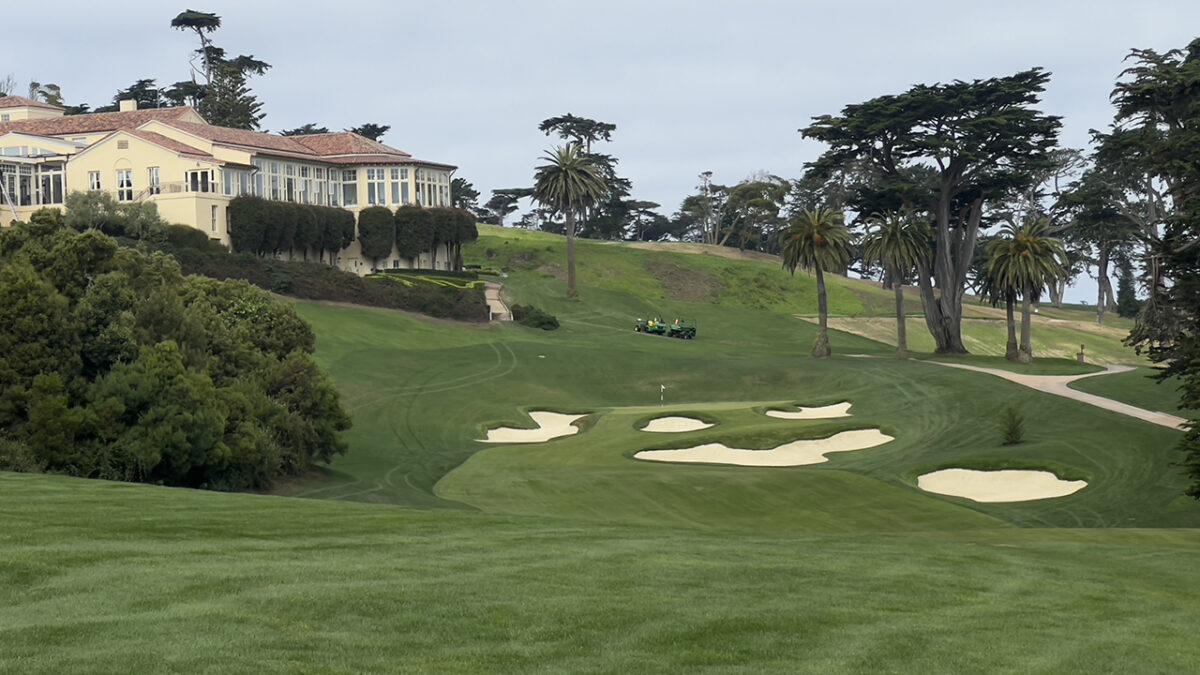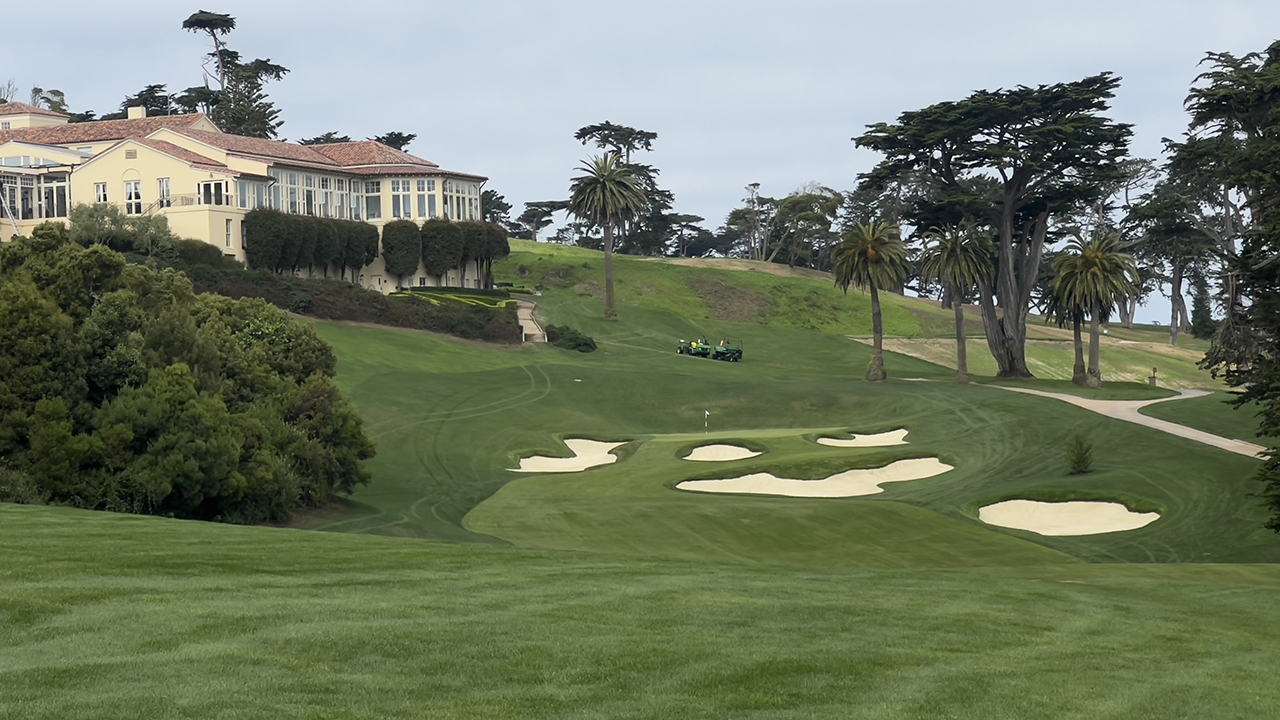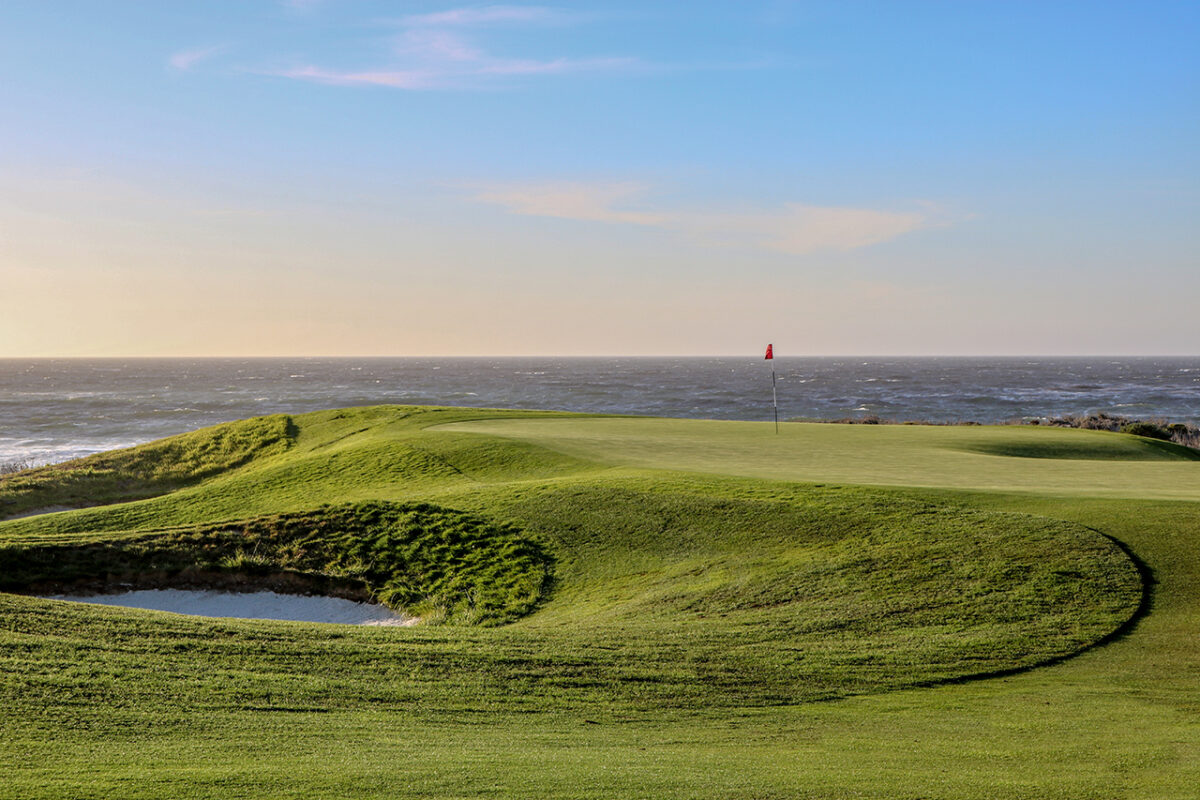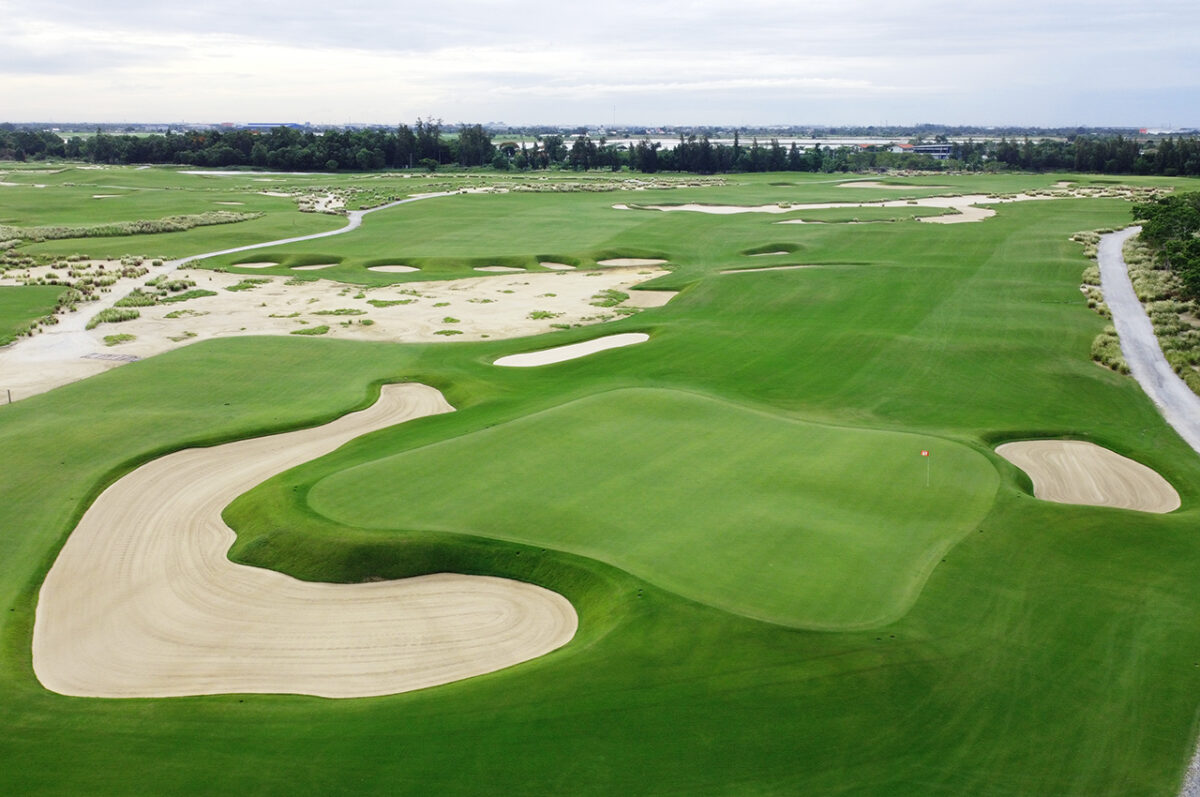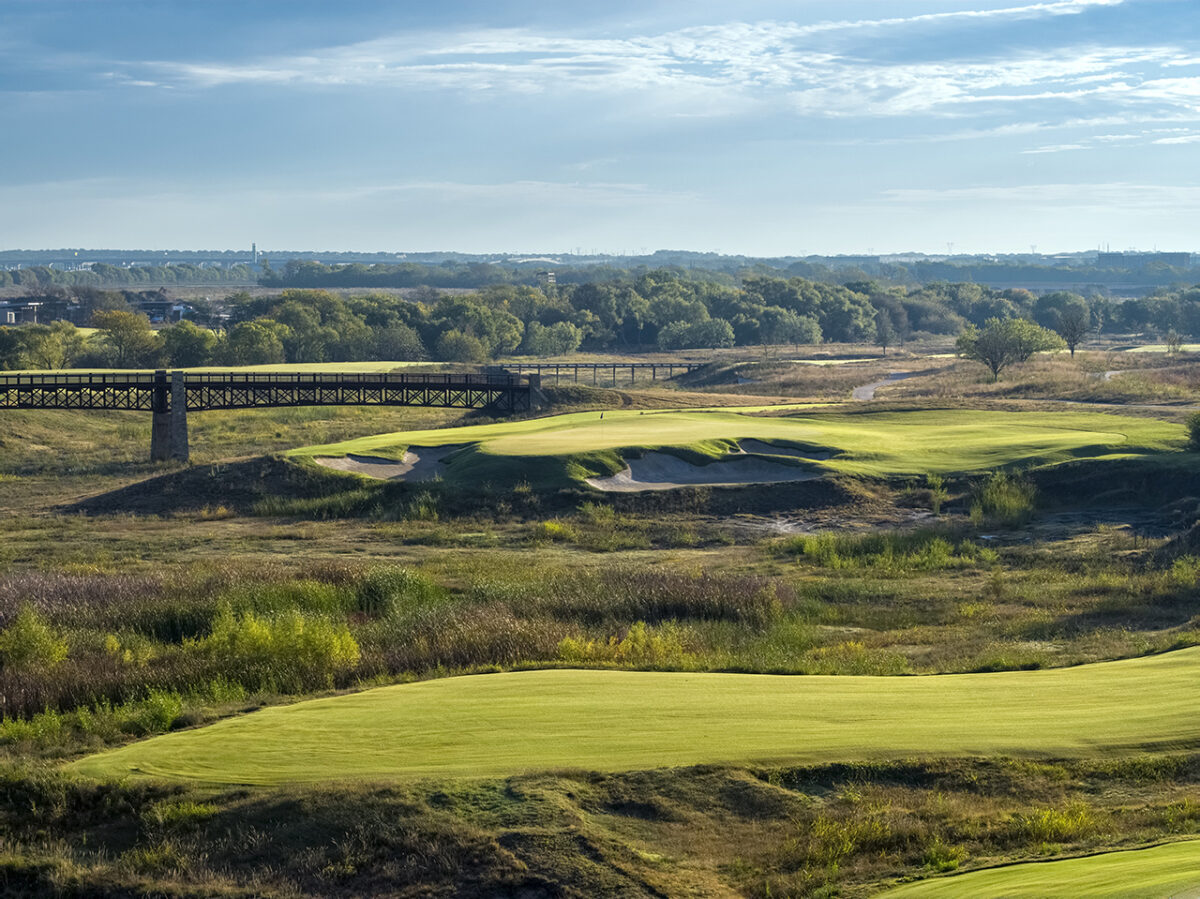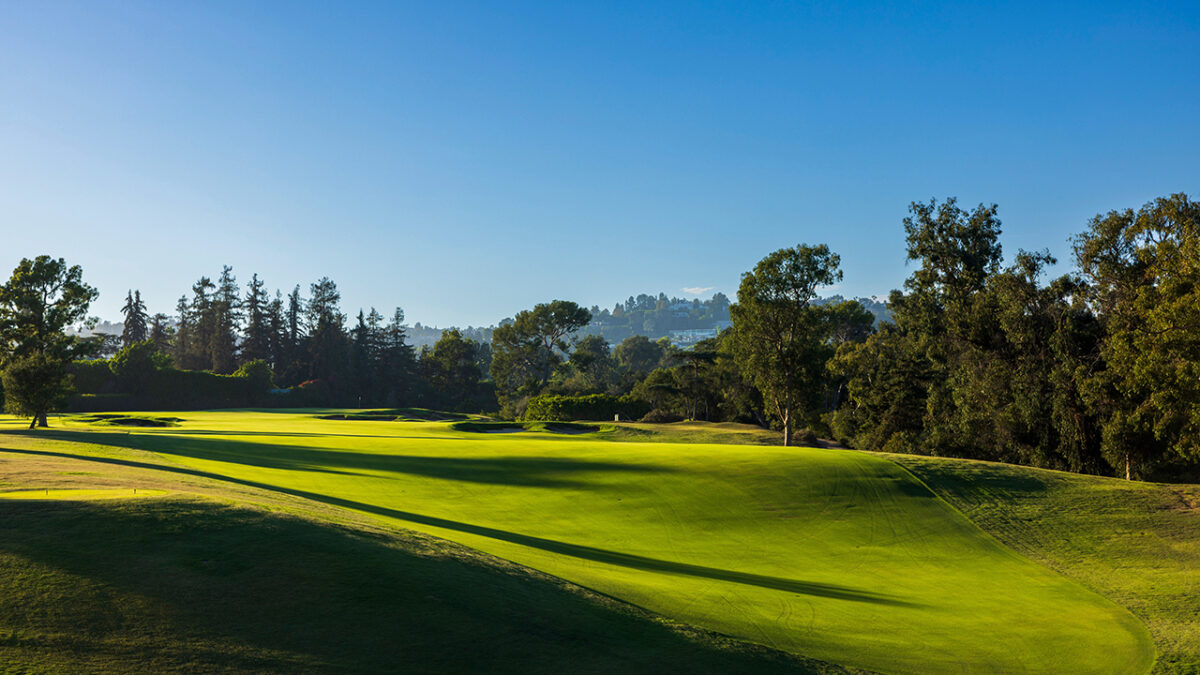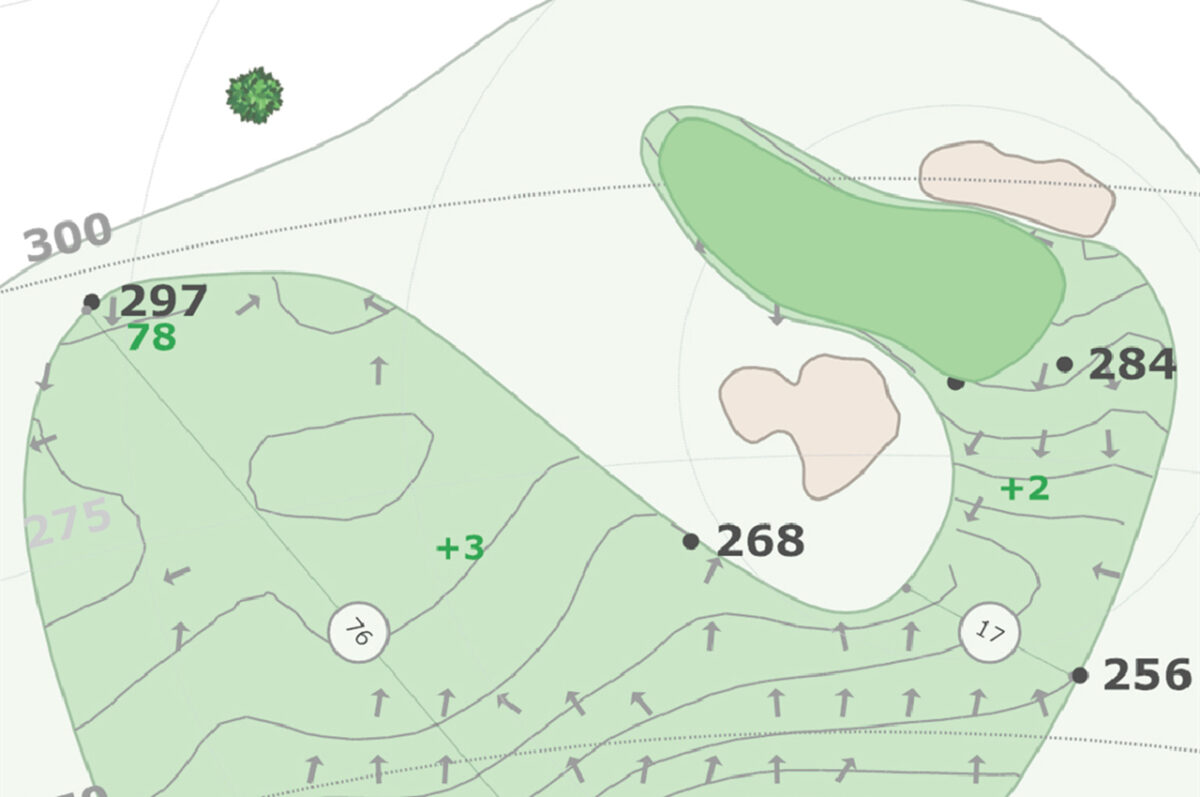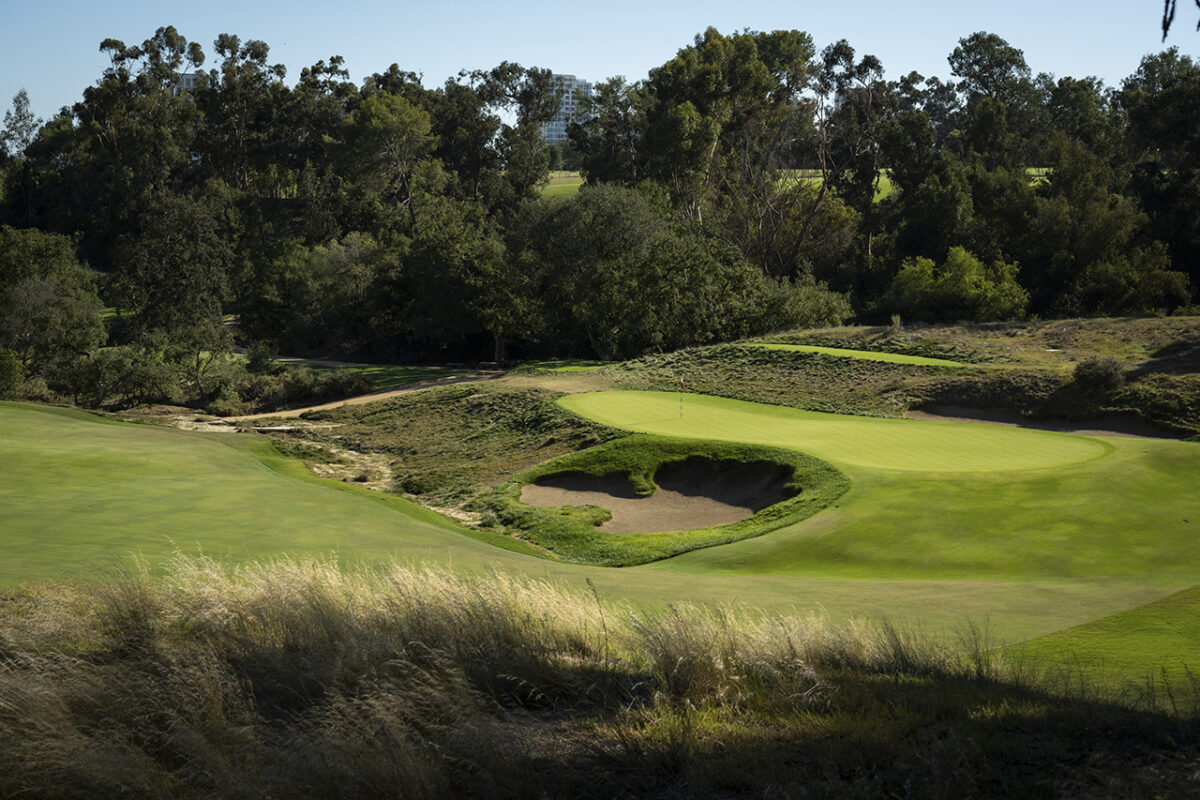80 MILES SOUTH OF PARIS – How do you cap (pun intended) a lifetime of selling pens? You retire to your country estate in the Loire Valley of France, of course.
True if you are Baron Marcel Bich, the cofounder of BIC, which for more than 70 years has been the world’s leading manufacturer of ballpoint pens.
Called Les Bordes (translated as The Edges), Bich’s goal was to create a private compound for family and friends where they could hunt deer or wild boar and enjoy a bucolic getaway deep in the Sologne forest in the French countryside. But Bich also had a vision for “le golf” – golf on the highest of scales, and Les Bordes provided the perfect place to render his dream.
Architect Robert von Hagge was tasked to tackle Bich’s vision. With an unlimited budget, Bich’s one marching order to von Hagge was to make not just a world-class layout, but one that resisted par like few others.
Mission accomplished. Opened in 1987, the Old at Les Bordes is about as stern a test of golf as you can find.

Fast forward some 30 years. Bich had passed away and the estate, while maintained, was basically unused. Financial manager Driss Benkirane purchased the property and set the goal of making it a high-end getaway. He enlisted the acclaimed team of Gil Hanse and Jim Wagner to add both a complementary full course (the New) and a fun short course (Wild Piglet). Benkirane didn’t stop there: He refurbished the clubhouse and cottages, restored the Bich manor and is in the process of converting it into an elegant hotel (not associated with the golf club). He also is adding a modest number of private residences available to members and visitors.
Let’s put on our Golfweek’s Best rater hats and have a look at Les Bordes’ twin efforts.
In its simplest form, a rater’s task is to judge landforms. A golf course architect both manufactures and borrows from existing natural landforms to tell a story, enrich the character, enhance the beauty and create interest in a golf hole. The more compelling the landforms (and the more artfully they are integrated), the more compelling the golf course.
Optimally, a golfer will respond both emotionally and intellectually. The emotional components of a golf course speak to your heart: what you find beautiful, harmonious, pleasing, ordered. The intellectual components spur all sorts of calculations: Should I or shouldn’t I? If/then? What if?
All great courses maximize these components, and Les Bordes’ courses certainly qualify.

First, let’s look at aesthetics.
From the moment you drive through the gate, you can’t help but be struck by the quiet, unspoiled parkland setting. Old growth forests of oak, beech, chestnut and poplar define the wooded portions, and bloom, bramble and heather – a diverse understory – blanket the more open heathland portions. The sights throughout are soft and pleasing.
The setting is pastoral, a place today for a quiet walk with clubs in hand, taking in the forested delights and communing with nature. It’s also a place where it wouldn’t be hard to let your imagination conjure up images of walking these grounds centuries ago with bow and arrow on a quest of another kind. Coos of collared doves and chirps from the dunnocks, blackcaps and other local songbirds provide additional charms to Les Bordes. Deer are common companions, and a sighting of a wild boar, while rarer, is not unheard of. And it’s not just the sights and sounds of nature; even the clean scent of the forest is pleasing.
The parts contributed by man are well done too. Finely appointed but understated, the estate compound – along with pro shop, clubhouse, practice area and cabins – is nestled lakeside, where the amenities complement and even enhance the surrounding natural beauty.
Now let’s look at the strategic and tactical aspects.
No question, Von Hagge and Hanse had fitting backdrops on which to build. The only issue was topographical: The property may be a little too flat, more so on the Old than New.
Defining movement in a hole is challenging with a flatter piece of property. Some vertical elements are needed to afford better target and angle definition, more appealing vistas and generally a more interesting and pleasurable playing field.

The two architects took two distinctly different approaches in introducing a vertical dimension at Les Bordes. Von Hagge used ample containment mounding around hole perimeters to improve angle and distance definition. The problem is the mounding also obstructs views and constrains play, restricting golfers to play up the centerlines of a hole. Aesthetically, von Hagge’s mounding is also somewhat incongruous to the surroundings – man-made humps around natural flatter vistas.
Hanse took a different path. He addressed his vertical problem by introducing ample fairway bunkers and raising the back edges of those bunkers, sometimes by three to five feet, then capping them off with wispy “eyebrows.” The perimeter definition of holes is further accomplished with the use of surrounding fields of knee-deep native fescues. The brown of the tall fescues against the greens of the playing surfaces provides both pleasing contrasting colors and textures, and well sets off the playing surfaces from the surroundings.
Both solutions to the vertical problem get the job done. Straight lines of play are broken up with better-defined turns and angles, allowing for decision-making and providing interest.
Both courses are routed similarly. A southern front nine and northern back, both circular with returning nines to the centrally located estate compound (Old) and halfway house (New). Both nines on Old revolve counterclockwise, whereas on New the front turns clockwise and the back counterclockwise. On both courses, breezier conditions require a player to judge ever-changing wind vectors from hole to hole.
If you consider intimacy a measure of good routing, then Les Bordes may not get the highest of marks. Both courses, covering around 300 acres, feel more expansive, although both, particularly the New, are easily walkable. The walk on the New off the third green, past the first green to the fourth tee is also a little awkward, especially considering the almost limitless amount of available land.
Judging the overall land plan and how well it adds or subtracts to the experience may be premature, as the complex is not yet completed. In its current state, the original compound around the Old is balanced and well-integrated. The New, physically well divorced from the main compound, seems more of an entity unto itself, although this may change as planned additions to the property are built.

The quality of shaping, or how well the engineered movement of the land enhances playing variations, is very good on the Old and outstanding on the New. A survey around most of the greens on the New reveals a rich array of recoveries required for missed greens. Bumps, runs, putts, flops, pops, sand shots and even banks may be required around the greens. Once you find the putting surfaces, you’ll find the New’s greens more undulating than the Old’s and its green complexes more interesting from a playing standpoint. The Old’s putting surfaces are large, some extremely large.
With only a few exceptions, great golf courses are hard. Hard in a good way, or probably better described as challenging – both Les Bordes layouts easily check this character ingredient. With 117 bunkers, the test at the New is navigating a minefield of bunkers.
The von Hagge course … well, that takes hard to the next dimension. Until the recent 66 shot by Anders Hansen in 2019, the nearly 40-year professional – yes professional – record on the Old was 1 under par. For decades, the Old was not only recognized as one of the top courses in Europe, but also the hardest.
Boasting 13 forced carries, most requiring long shots to highly defended targets, your brawn is well measured. If you miss your approaches, you are often in trouble, sometimes deep trouble. When you ultimately find those enormous putting surfaces, you are faced with tough two-putts and sometimes even tough three-putts. It’s easy to see why the Old is considered one of the world’s hardest layouts.
“Within our membership we may have eight to 10 players with handicaps in the plus-4 range,” director of golf Jack Laws said. Stunning, but those top-notched players may need each and every one of those strokes to tackle the Old.
Generally, golf courses with a wider range of variation are considered better designs.
Hole directions on the Old favor right-to-left play with surprisingly little distance variation within the collection of par 3s, 4s and 5s. The New has a much broader range of distances for each of the par collections and is directionally well-balanced. Ironically, even though the New is about 300 yards longer than its predecessor, the Old plays longer and is clearly a tougher test. This effective length difference is also partly due to the Old requiring an aerial attack while the New allows a ground attack – in general, firm courses that provide more roll play shorter.
Course conditioning is not only an important aesthetic factor but a playing factor as well. With only a handful of rounds daily on each course, superintendent Romain Basque and crew can keep the courses in top condition. Mowing heights are crisp and even throughout, bunkers are groomed and consistent, and putting surfaces are immaculate. A carefully monitored watering regimen ensures firmer playing surfaces, especially on the New. All of which reduces the chance your shots are adversely influenced by variation in playing conditions and ensures your good shots are properly rewarded.
Standout holes on the Old include the sixth with its large thumbprint on the front of the putting surface falling off to a massive greenside bunker and the crazy-hard 14th, a long par 5 where your third shot may require a hybrid or more, all forced carry over a fronting pond. But maybe the best hole on Old is the 10th, a medium-length par 5 on which von Hagge used the dredgings from the lakes to build a significant hill some 15-20 feet tall, on top of which he perched the green. Falling off on all sides the 10th green is stubbornly defended by a field of hillside bunkers – a rewarding but tough target and visually arresting.

Standout holes on New include the second, a double-dogleg par 5 with well-defined turns and a depressed, somewhat blind green complex offering optional lines of attack. Nos. 5 and 8 are both huge, par 5s masquerading as par 4s for many players – or as purists say, each is a par 4 and a half. On the inward half, standouts include the very cool 13th with its old-school field of crossing bunkers, then the short 11th and 15th featuring imposing fairway bunkers pushing you away from direct lines of play. The 18th is a visually arresting finisher requiring a long carry over a lake to a rather stingy green – it’s a carry that might be a tad too long for any but the better players.
Perhaps the best hole on either course is the super-short par-4 ninth on the New. A study in placement, Hanse offers a myriad of ways to play this hole. Blast it up the right then bump-and-run it from the side of the green. Or lay way back with a mid-iron off the tee, leaving you a full wedge in. Or fly the first bunker field and tackle a 60-degree wedge over the fronting bunkers closely guarding the green. It is said that golf course architects find it most challenging to design a good short par 4 – the New’s ninth ranks up there with some of the world’s best.
Where do we stand? For aesthetics, both courses score very high marks. The setting coupled with the natural unspoiled beauty of the property makes a round of golf at Les Bordes about as pleasurable as you will find. The cerebral components, those that make this a “thinking” game, earn equally high marks, more so on the New. There is a high degree of required problem solving to successfully navigate the New, while it’s more of a “hang-on-for-dear-life” on the Old. Both leave you satisfied after a good round, the New because you solved a puzzle and Old because you ran the gauntlet.
What overall rating do I give the pair? I think you can tell quite high, but as for divulging numbers, my lips are sealed.
